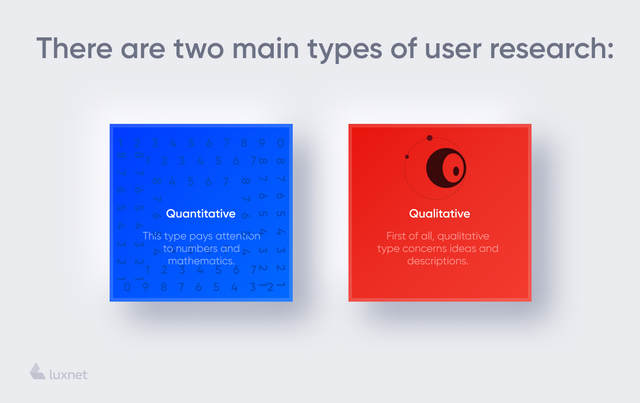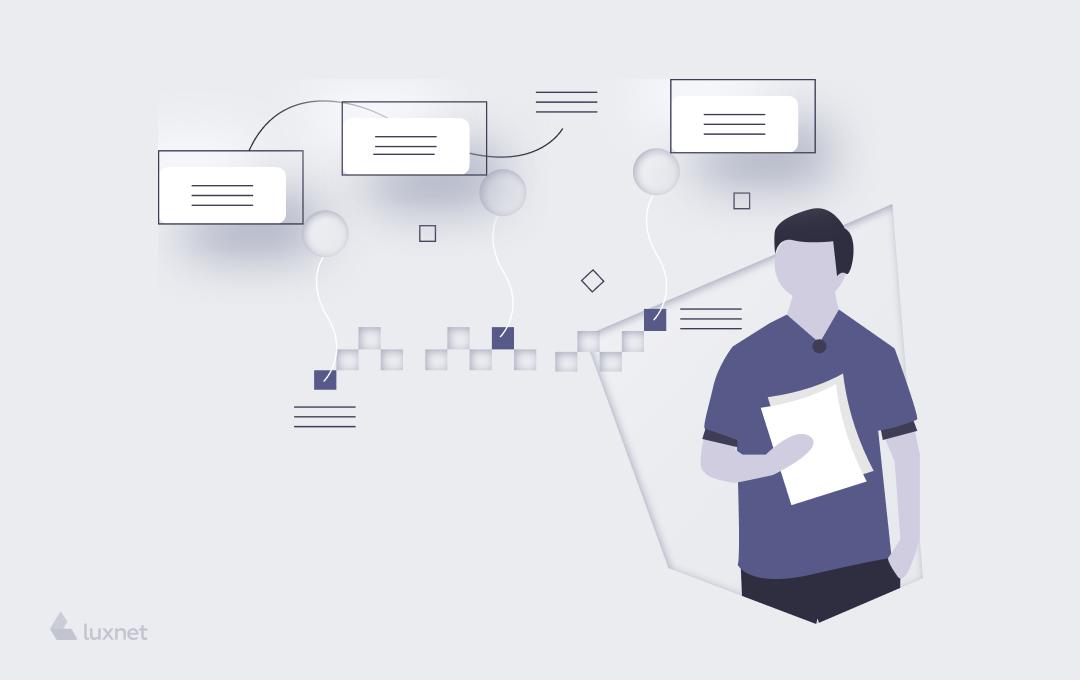In this article, we will tell you how to analyze qualitative data, about the analysis process and codes and themes of thematic research.
Imagine that you are on a date. This is your first meeting with a person of the opposite sex and, of course, you would like to know as much as possible about him/her. You took to this person right away and you want to make a gift or invite for one more stroll. What would you do to get to know how to please her or him? Obviously, you will ask some questions and analyze the person’s behaviour.
UX Research can be compared to your first "date" with a user. Moreover, qualitative analysis allows you to make the target customer happy, "guess" his/her needs and hesitations. Therefore, invite the user for another purchase, which he or she will definitely agree on ;) In this article, we will tell you how to analyze qualitative data, about the analysis process and codes and themes of thematic research.
What is UX analysis?
Although your users can be evaluated by statistical indicators online, first of all, they are the living people with their feelings, fears, problems and challenges. UX research is a process of getting to know your user, all his/her needs and pain points. In the beginning, you must get acquainted with your customer to make a business useful for him/her, and, accordingly, profitable for the owner. You can successfully do this with the help of UX research.
UX research is a systematic analysis of the target audience and its requirements to identify all design problems and opportunities. This is a quality data collection based on relevance and assessment of user needs and desires.
How to collect the data correctly?
In a technical sense, the whole process of UX research can be divided into 4 stages: detect, listen to, explore, and test. They all explain the sequence of actions very well. Despite the fact that experts recommend analyzing the data as soon as possible, such a study can be conducted at any stage using a variety of methods.
For example, an interview will help identify emergent topics that need to be discussed and improved, as well as get specific answers (and even suggestions!) to the questions related to business. So-called diary surveys, i.e., analysis of a user's daily actions on the platform, will provide a contextual representation of user behaviour and needs, and help to generate exact requirements for future or potential UX features. At the same time, in-depth monitoring of analytics and indicators allows you to identify trends and anomalies, as well as assess the progress. Field research will help to understand and study the users in their everyday environment better. Besides, prototype testing will confirm or disprove the need for certain features.
Always analyze!
Analyze, discuss and change the data you get from different research methods. In today's world, you need to change almost every day to keep up with its trends. After all, the user is becoming more and more demanding; just service is not enough for him/her; the user also wants an attractive and human-understandable service. That is where UX design comes to the rescue.
There are two main types of user research:
- Quantitative user research. This is statistical data. The researcher can calculate or estimate a certain number of users, likes, visits, etc... This type pays attention to numbers and mathematics.
- Qualitative UX research method. Understanding is important here. First of all, qualitative type concerns ideas and descriptions. That is those things that cannot be calculated but can be seen and understood.

This time we will focus in more detail on qualitative user research.
How to analyze qualitative data?
Let's start from the simple thing: this type of research can be of any format and is a bit subjective since it is based on human feelings and preferences but not on numbers and indicators. Interviews, surveys, field researches, diary surveys, and testing are perfect methods here. After all, they give clear and detailed answers to the questions of what the users want to see on the platform and how they behave at present. If you collect information for a quantitative study, you can see what the user likes at this moment. If you analyze qualitative data, you can understand what to do to make the customer like it even more.
Then, after collecting all the information, use the research questions, which will make the process faster and better. These are the points that every business should set first and foremost:
- What are the main common factors and topics mentioned in the user responses?
- What interesting stories have they shared?
- What surprised you the most?
- How do people perceive your product or service in general?
- How indispensable is this product for people and what place does it have on the market?
- What did the user like or dislike the most?
- What values does the customer profess and what is most important to him/her?
You need to know these questions before you start collecting data. If you get the information step by step and are aware of why you need it, the results will be better - comprehensive and clear. And here we would like to propose a process that is definitely worth using when analyzing quality data. We mean thematic analysis in qualitative research.
Brief information about thematic analysis.
Thematic analysis is a kind of process that can be applied to analyze qualitative data. This approach defines themes and patterns. Various topics are used to enable researchers to get answer the above questions, as well as to find the necessary information in a vast amount of data.

In simple words, it is worth mentioning the following aspects when speaking about thematic analysis:
- Study of UX research data
- Generation of source codes
- Searching for exact topics
- Viewing of specific topics
- The stage of determination of topics
- Compilation of UX result
Thematic analysis is a systematic method of dividing a large amount of data that researchers receive as a result of qualitative research. Its purpose is to mark particular data with certain codes in order to find important topics easier.
How to conduct this kind of analysis (thematic analysis)? For example, you have a lot of information. This can be text data or a large number of surveys. The problem that arises is a superficial examination. Obviously, you will not have enough time or will not be able to re-read everything in a week. And even if you manage to do so, your brain can get fried from a large amount of information, and it will be impossible to explore further. That is why all the data should be divided into topics; further research is to be conducted thematically.
Don't forget about content analysis. This is an important part of UX design projects, such as website migration, web content evaluation for reuse in a new channel.
TL;DR
In order to develop a business and make it more profitable, you need a quality sales platform. UX research is a search for improvements and services that the customer needs just now. It is an improvement in the design and other features of the interface. In part, it's even an attempt to guess what the user will need later. And this can be done only by "getting acquainted" with the customer. Interviews, testing, questionnaires and other methods of such research will certainly help here.
